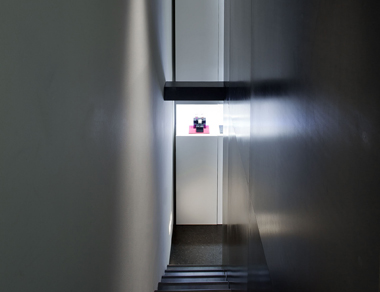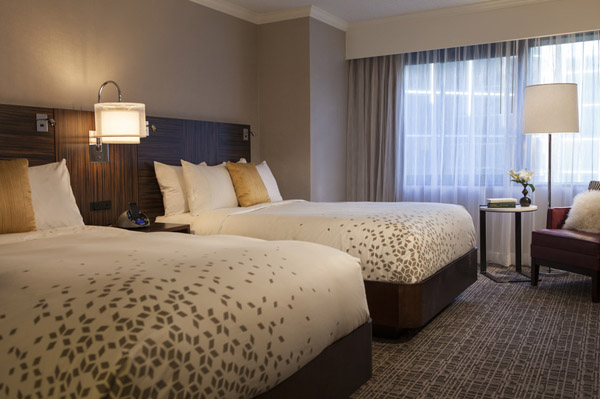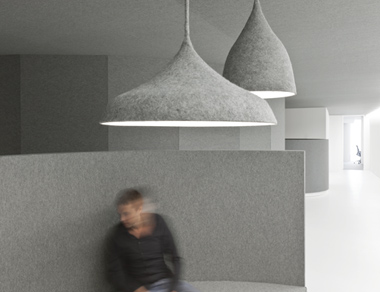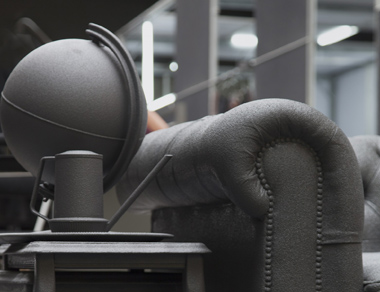INTERIOR DESIGN & ARCHITECTURE

In the heart of Milan's shopping district, an interior project designed by Federico Delrosso for the new store of watchmaker brand, Gagà Milano.
INTERIOR DESIGN & ARCHITECTURE

The Redesign Adapts Iconic American Fashion Elements to Create a Contemporary “New American Original”
INTERIOR DESIGN & ARCHITECTURE

In the heart of Milan's shopping district, an interior project designed by Federico Delrosso for the new store of watchmaker brand, Gagà Milano.
INTERIOR DESIGN & ARCHITECTURE

Tribal DDB Amsterdam is a highly ranked digital marketing agency and part of DDB international, worldwide one of the largest advertising offices. i29 interior architects designed their new offices for about 80 people.
INTERIOR DESIGN & ARCHITECTURE
Opsis architects have redesigned the lot of an apartment building in Athens.
INTERIOR DESIGN & ARCHITECTURE

On 20th September 2012 the first batch of brand new second hand furniture is presented in a pop-up shop during a festive launch party. For this occasion, i29 interior architects designed an installation to present the new AsGoodAsNew furniture label.
Page 9 of 11